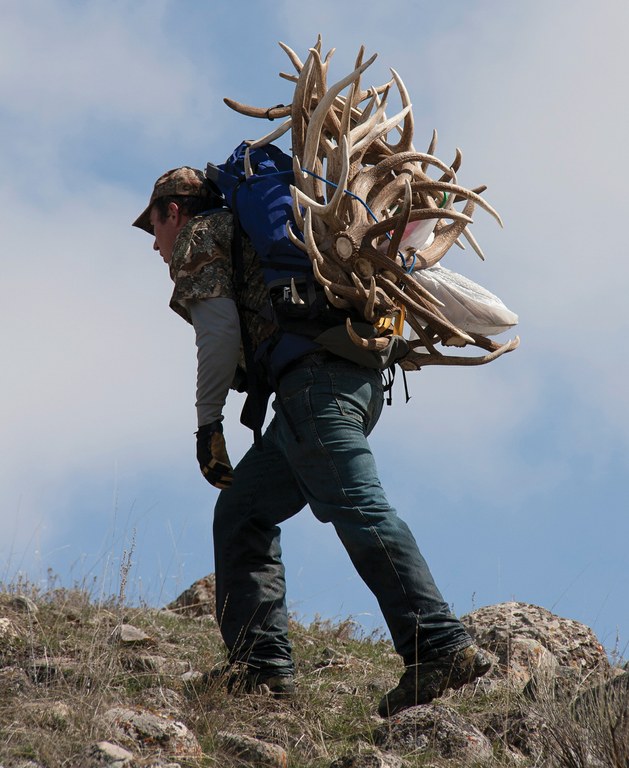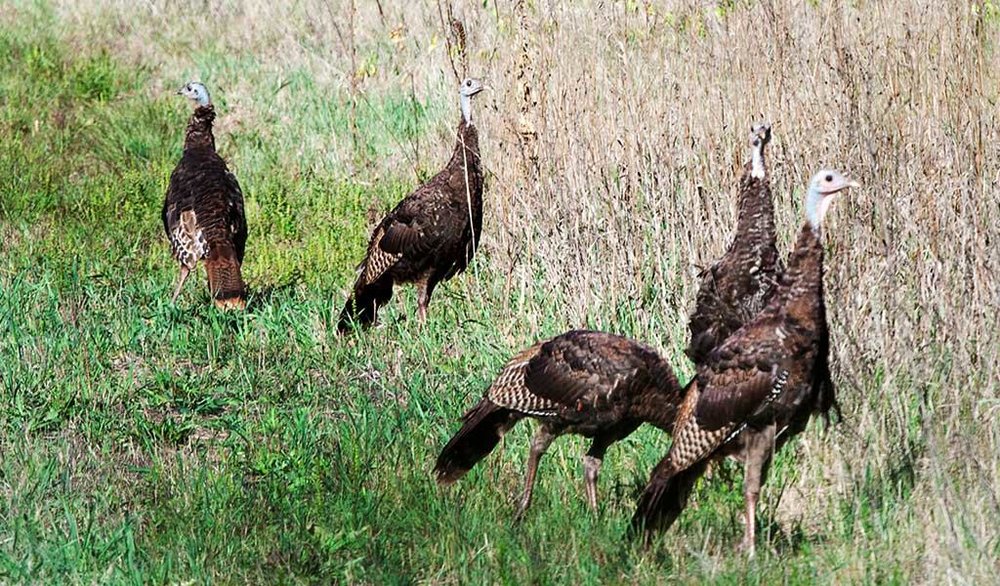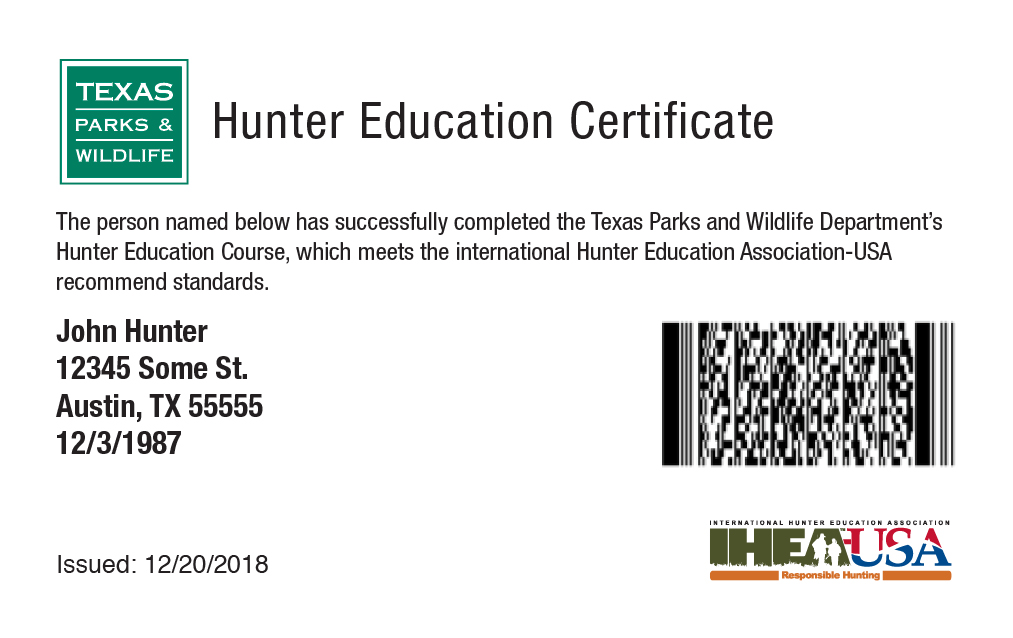
Predation can be described as an interaction between the environment and its inhabitants that involves adaptation and energy transfer. Predation includes the act of eating another living creature and the act deferring towards someone else. Carnivorous interactions are one of the most well-known forms of predation. Predation can occur in either a group or alone. Predation's key ingredient is adaptation. In some cases, predation is a form of cultural behavior that involves group dynamics.
Predation is a type of ecological interaction
Predation refers to the killing of another animal in order for them to get food. It is a type of carnivory, which involves two species: the predator and the prey. Predators eat their prey to get energy and reproduce. Predators and prey are closely linked and help maintain the balance of ecosystems. You can see examples of predator-prey relations in the lion, zebra and bear, as well as the bear, fish, rabbit and fish.
It is possible at two levels
The effects of predation on an ecosystem depend on its location along the compensatory-additive continuum. It can stabilize or destabilize an ecosystem. However, these implications can differ at the individual and community level. It is therefore important to be able to distinguish between the two types of predation to understand how they affect the ecosystem. Predation at both levels of an ecosystem is an important feature of the biodiversity of the planet.

It involves energy transfer
Predation is an ecological process that involves one living organism relying on the activities and existence of another. This gives energy to the organism and allows it to reproduce. Predation is energy transfer. It is important to understand how this works in an ecosystem. The ecosystem's primary producers are the predators and herbivores. Predation is a critical ecological process that influences the functioning of an ecosystem and shapes species niches, morphology, and camouflage. Through evolutionary processes, predation also shapes community structure as well as species biodiversity.
It requires adaptation
Predation involves both adaptation of the predator and prey. Predators seek out and catch specific types of prey. Their prey must adapt to their style of hunting. The adaptations of both predator and prey improve their foraging capabilities and their ability to identify prey species. Honeybees, prairie dogs, and other predator-prey coevolution examples are most well-known. They use vibrations to warn one another of danger.
It affects organisms on two levels
Predation has two levels or trophic degrees that impact organisms in the food chain. The first level of trophic is autotrophs. They produce food in the form other organisms such as plants or animals. They move up the food chain, becoming primary and secondary consumers. In a reciprocal cycle, predators can become prey, or vice versa. Apex predators, on the other hand, are the top-level animals with no known prey. Apex predators play a critical role in ecosystem diversity. So, reducing the number of apex species will negatively impact other organisms.
It involves a variety om organisms
Predation is when an organism feeds upon another. There are many forms and types of predation. In some cases predation is advantageous to both the predator and victim. For example, humans feed on other people, while humans eat the seeds and eggs of other animals. Predatory animal also eats other animals.

It's found in nature
Predation occurs naturally as a way of balancing the needs of an organism. Predators search for prey, evaluate it, and kill it. Many predators hunt prey of a specific size and type. Mantid insects, on the other hand, prefer smaller prey. Wolfs, for example, will hunt prey that is less than a meter in size. Some predators hunt on their own, while others wait for prey to approach.
Example
Different predators may use different methods of catching prey. These include pursuit, ambush, and ballistic interception. Some predators can be slow and cautious, while others use parallel navigation in order to track their prey. Others must wait until their prey moves before they can capture it. African dogs are an example of slow-moving pursuit. This animal was able to dodge its prey by changing its body color and shape.
FAQ
How much does it cost to become a hunter?
Hunting can be expensive depending on where you live.
Some areas may require you to pay a modest membership fee in order to have access to public lands.
Some states require you to have a permit or license before you are allowed to hunt.
Hunting costs vary depending on what type of firearm you choose. A rifle typically costs more than an average shotgun.
A license can range from $10-$50. Additional tags may be required depending on how often you hunt.
Certain species require a permit to hunt. The species you hunt will dictate the amount you pay.
Hunting wild turkeys requires a tag that costs up to $150.
Why is it that only 1% of hunters kill deer annually, according to the U.S. Department of Agriculture.
USDA estimates that about 6 million Americans hunt deer. Only 2.2million actually shoot one.
This means that approximately 0.6 percent of hunters kill deer every year.
What are my hunting needs?
You must be able to understand the movements of an animal, its habits, and how you can avoid being hurt in order to hunt effectively.
It is important to know the laws regarding hunting in your state. Some states allow certain types while others ban hunting altogether.
Other factors include terrain, weather, and type of weapon.
You should decide if you would like to hunt with friends or alone when you make the decision to pursue this hobby.
Hunting with a partner is a preferred option for most hunters. This is because it helps you focus on your goal. Your shot might be missed if you are alone.
Hunting requires a lot planning. To hunt at the best places, you will need to plan.
Prepare your weapons as well. Before leaving home, you should clean your guns and check if they are working properly.
Proper clothing is essential when hunting. Dress appropriately for the weather conditions and terrain.
It is important to ensure that you have enough food and water. For any emergency, you should always have extra ammunition and supplies.
It is important to never leave anything behind. It could be damaged or lost.
You should pick a safe area that is free from predators before you go hunting.
The government has set guidelines. These regulations protect both wildlife & humans.
What is the most important part when hunting animals?
How do we get there? Start by learning how you can shoot accurately. Next, you must learn how to hit your target. We must also learn to adjust when we miss our target.
The most important part of hunting is knowing what you're doing. It is impossible to improve your hunting skills if you don’t know what you’re doing. You might think you've improved because you've gotten better shots, but if you didn't know what you were doing before, those shots won't mean anything. The same applies to hitting targets. If you don't understand why you're missing, you'll never improve. This means that you must know what you are aiming for.
This is where knowledge plays a major role. Knowledge is key to your ability to hunt. You want to learn as much about the animals that you see while you are out in nature. It's important to learn about their habits, personalities, and behaviors. You will be able to plan your hunts efficiently and smoothly.
Learning from past success stories is a great way to improve your skills. There are many books out there on the subject. In addition, there are websites like www.thehuntingzone.com that offer great tips and advice. You can also find people with years worth of experience. They will be able to help you understand what works and not.
Once you've learned everything you can, it's time to practice. Practice makes perfect. You shouldn't practice until your confidence is high. Instead, practice until confidence is built. Confidence helps you relax and enjoy the process. Relaxation helps you concentrate on the task at hand. Concentration allows for you to make the most of every opportunity. Opportunities are only available when you're calm and focused.
When you're ready to put your new skills to use, it's time to test them. Don't fret if you fail. You can keep improving and practicing. You'll eventually succeed.
What is the most popular hunting spot in the US?
Hunting is popular in the Midwest because people have a habit of living off the land.
Because so many Northeasters have been brought up on hunting traditions, hunting is also very popular.
These states are home to hunters from across the country who come to hunt big game animals.
Hunting is less prevalent in some areas of the country. This makes it less likely to support hunters.
Can I hunt without a license?
You can hunt without a permit. You are violating the law by hunting without a license.
You could be subject to fines or even imprisonment.
Some states allow residents of certain states to hunt without a permit. To find out if your state allows you to hunt in your area without a license, check with the department of natural resources.
Statistics
- Less than 1% of Hawaii's population has a hunting license. (stacker.com)
- Over the past 50 years, the number of hunting licenses in California has been on a rapid decline, falling 70% from more than 760,000 in the 1970s to under 268,000 in 2020—even as the state's population has skyrocketed, according to The Mercury News. (stacker.com)
- Indiana, for example, saw a 28% jump in turkey license sales during the first week of the season. (stacker.com)
- Licenses dropped from a peak of roughly 17 million in the 1980s to 15 million in 2019, according to The Seattle Times. (stacker.com)
External Links
How To
How to hunt wild turkeys
Wild Turkeys are birds that can be found in North America. They are most common in Texas, Oklahoma, New Mexico, Arizona, Colorado, Utah, California, Nevada, Idaho, Wyoming, South Dakota, Montana, and Washington. Wild Turkeys are omnivores of insects, grasses, and seeds. Some areas may allow them to eat berries, nuts, and fruit from trees. Their diet helps them stay healthy and strong. Clothing and hats are made from wild turkey feathers. You can eat the meat of their breasts.
These are some safety tips for hunting wild turkeys. Wear long pants, and wear closed-toe footwear. Avoid wearing perfume or cologne, as it attracts prey. If you see a predator, do not run away. Instead, move slowly towards your vehicle. Keep calm and collected as you approach birds. It might take several attempts before the bird is close enough to you that you are able get a good shot. Use 00 buckshot when shooting at wild turkeys. Only shoot one shot at once.
If your gun jams try again later. Avoid being hit by flying pellets and duck behind a car or tree. Lucky enough, a hunter may come and clean up after you.